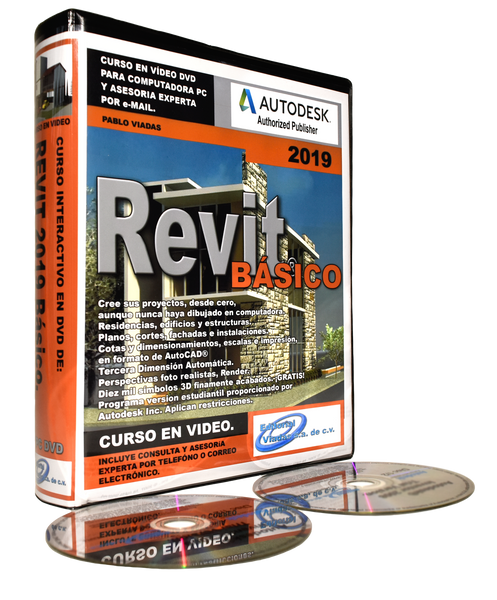

By enabling users, including those who use Revit LT, to bring their non-workshared Revit models into the BIM 360 platform, the “Cloud Models for Revit” feature allows them to collaborate with firms that use Revit Cloud Worksharing via BIM 360 Design.Īn important note is that “ Cloud Models” is a general term we use to describe cloud-optimized Revit models in BIM 360. You probably know about BIM 360 Design, the Autodesk collaboration software that helps teams save time and co-author Revit models in real-time (or “workshare” in Revit term) from anywhere, because it’s based in the cloud.įor the first time ever, with the 2019.2 release, Revit enables individual users to store non-workshared Revit models in the BIM 360 platform in a format (as a cloud model) that’s optimized for cloud storage, single-use editing, and syncing other files and links with Autodesk Desktop Connector.

Let’s dive in! “Cloud Models for Revit” – A simple solution for individual users Two new features in the release create deep, connected workflows between Revit and BIM 360 to help integrate and coordinate your work in Revit. This update included big news for BIM 360 users like you who upload your Revit models to the BIM 360 platform, whether for individual use or when collaborating with multidiscipline teams.

Last week, the Revit product team announced the release of Revit 2019.2.


 0 kommentar(er)
0 kommentar(er)
